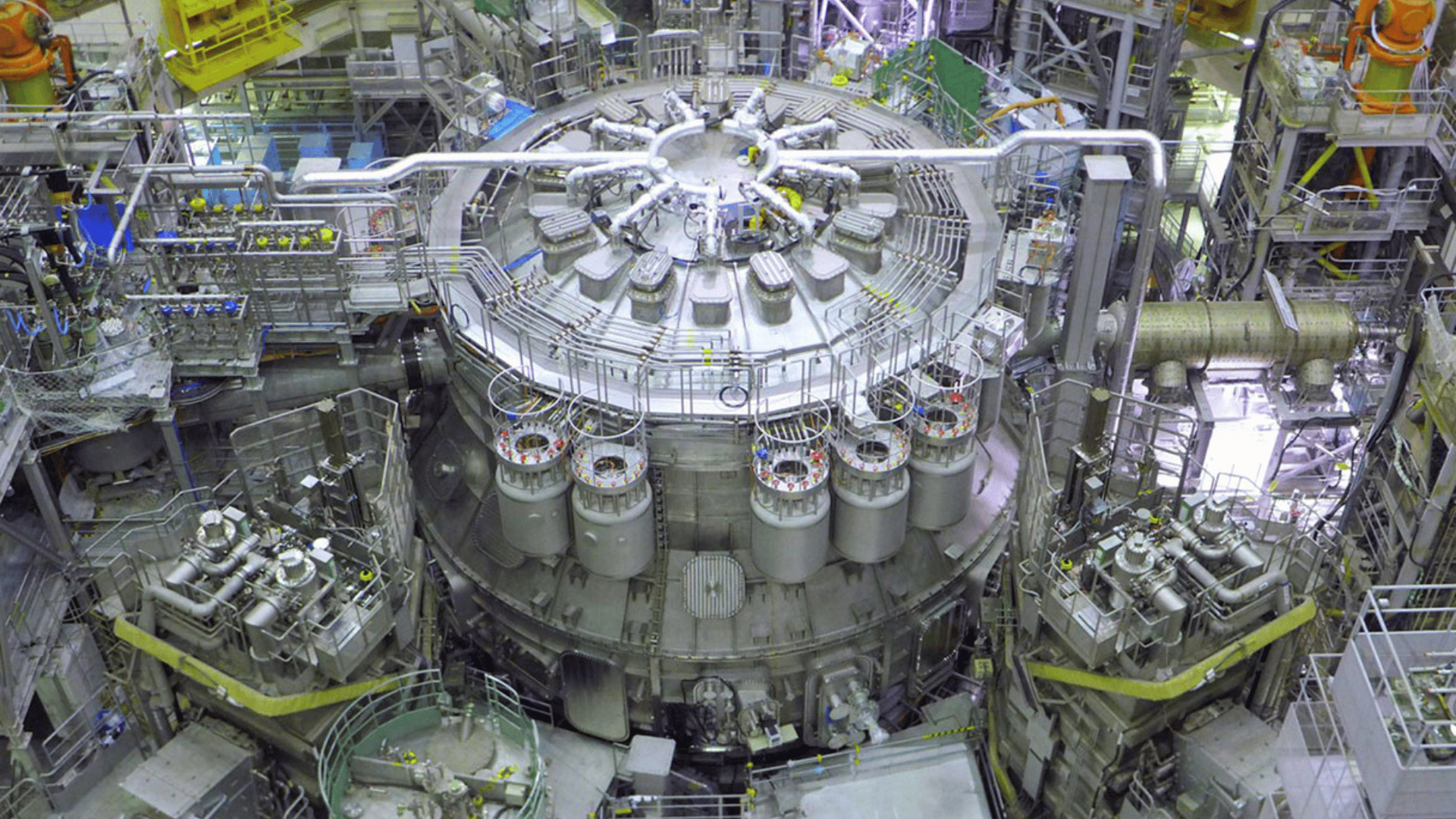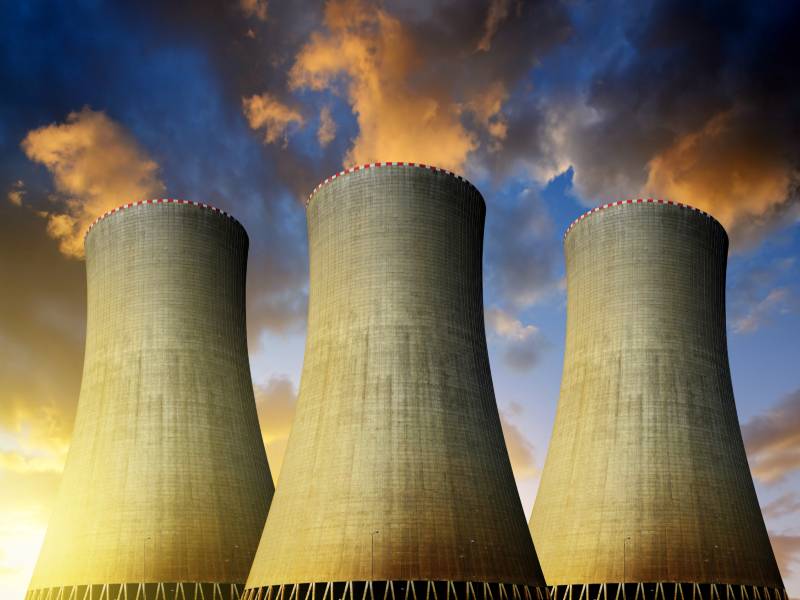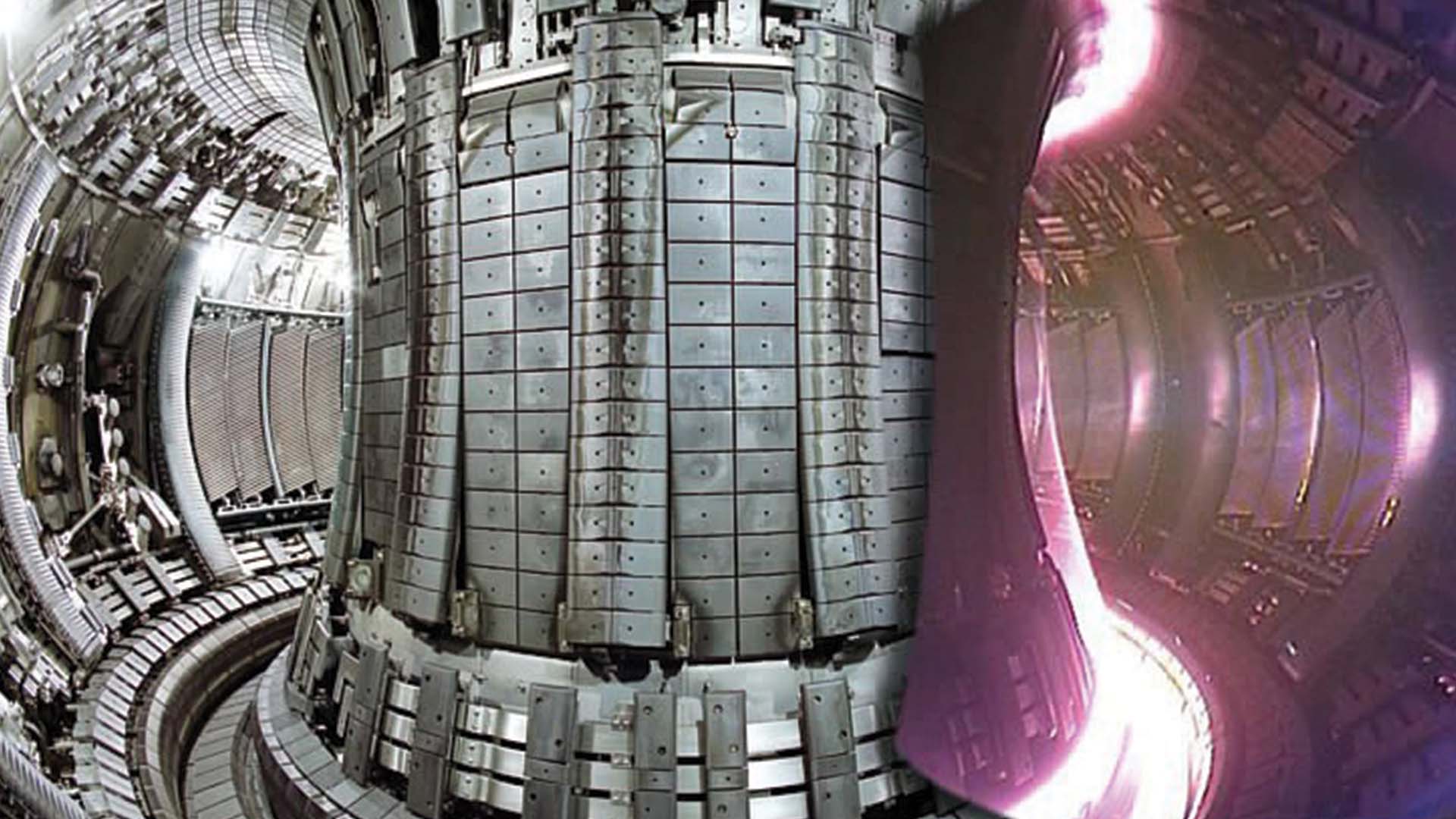On October 26, the world’s newest and largest fusion reactor fired up and successfully achieved its first plasma. The achievement was the culmination of more than 15 years of construction and testing and marks a milestone in the pursuit of practical fusion energy.

The JT-60SA Reactor
The new fusion reactor, JT-60SA, is located in Japan’s National Institutes for Quantum Science and Technology (QST). The four-story-high reactor is designed to hold a plasma heated to 200 million degrees Celsius for about 100 seconds, which is much longer than existing large tokamaks. This will allow researchers to investigate how to control and optimize plasma stability and performance.
According to Sam Davis, a project manager at Fusion for Energy, an EU organization working with QST, this achievement “proves to the world that the machine fulfills its basic function.” It will take another two years before JT-60SA produces the long-lasting plasmas needed for meaningful physics experiments.
The reactor was supposed to start operating in 2016, but it has faced many challenges. For example, it had to be redesigned after an earthquake in March 2011. Furthermore, in March 2021, one of the superconducting magnetic coils had a short circuit in its cable, damaging the electrical connections. To be extra cautious, the team reworked the insulation in more than 100 electrical connections, which added two and a half years to the project.
ITER and the Future of Fusion Energy
In addition to providing more research in the field of nuclear energy, JT-60SA will also support the international ITER (International Thermonuclear Experimental Reactor) project. Located in France, ITER’s goal is to demonstrate the scientific and technological feasibility of fusion, and it is a collaboration between seven members: China, the European Union, India, Japan, South Korea, Russia, and the United States.
Because JT-60SA’s plasmas will closely resemble those planned for ITER, physicists will be able to study its plasma stability and apply it to the bigger tokamak. For comparison, JT-60SA is about half the height of ITER and can contain 135 cubic meters of plasma, which is about one-sixth of ITER’s volume.
Thanks to data and research from JT-60SA and other reactors, ITER is expected to come online as soon as 2025, with a prototype fusion power plant being ready by 2050. Until ITER turns on, however, JT-60SA will remain the largest fusion reactor in the world.







